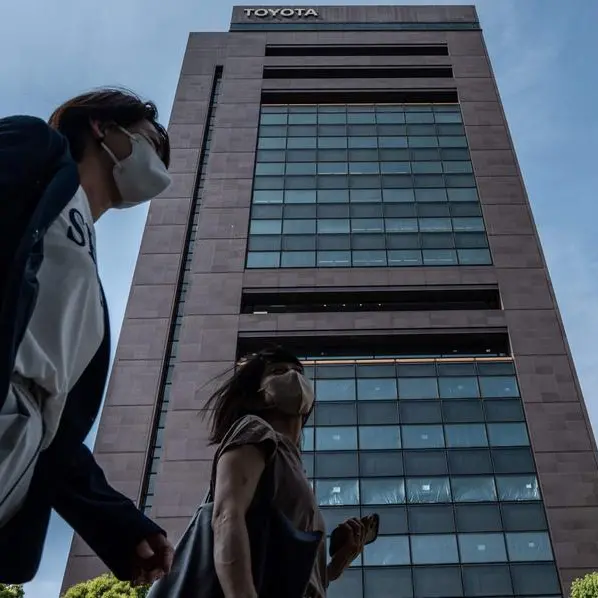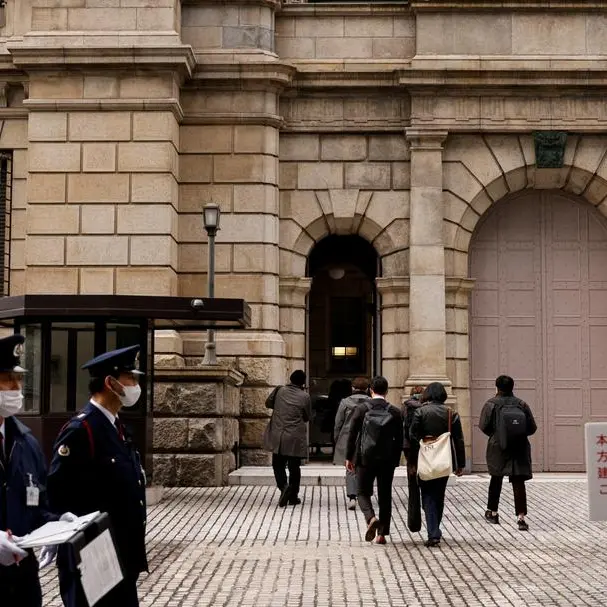PHOTO
Midway through the dry season, the Philippine Atmospheric Geophysical and Astronomical Services Administration has already issued warnings of dangerously escalating heat indexes. Consequently, this forecast signals a looming surge in energy demand, posing a significant challenge for the country amid ongoing issues with power supply.
Last week's successive Red and Yellow Alert declarations by the National Grid Corp. of the Philippines serve as a stark reminder of the strain on our energy grid, foreshadowing what may come in the days ahead as Filipinos ramp up the use of cooling appliances to battle the scorching heat.
The declaration of a Red Alert status for three consecutive days last week on the Luzon grid signaled a critical imbalance between energy supply and demand, signaling imminent rotating power interruptions. Department of Energy Secretary Raphael Lotilla attributed these situations to unplanned power plant outages triggered by 'extremely high temperatures.'.
Fortunately, in Metro Manila and nearby areas served by Meralco, the Interruptible Load Program (ILP) played a crucial role in mitigating the impact of these shortages. Data from Meralco showed that through the ILP, nearly two million households were shielded from rotating power interruptions, thanks to the voluntary grid de-loading by participating companies.
Without the steadfast support of the private sector, thousands of Filipino households would have endured brownouts amidst the crippling heat.
The ILP is a government program that provides incentives to companies that opt to run their generator sets during Red Alert instances, thus reducing their grid dependency. This proactive measure not only alleviates strain on the grid but also serves as a lifeline for households without generator sets, shielding them from debilitating power disruptions. Hopefully, in the spirit of 'bayanihan,' more companies will heed the call and enroll in the ILP in the days to come.
However, while the ILP proved effective in averting immediate crises, it is important to note that this is only a stop-gap solution.
With economic growth driving continued increase in energy demand, the trajectory is clear: without increased capacity, the threat of rotating power interruptions will persist.
It is important to emphasize that power interruptions pose more than just an inconvenience - they imperil economic growth, pose risks to personal and public health, and threaten the overall well-being of communities.
There is an urgent need to bolster our energy infrastructure by accelerating the development and operation of new power plants.
Priority must be directed toward cultivating an investment-friendly environment for the establishment of new power plants, while concurrently implementing measures that enable swift action to bolster our energy capacity. To effectively address this challenge, we must adopt a multifaceted approach, which includes prioritizing cleaner energy sources like liquefied natural gas and renewables. Additionally, exploring new technologies such as nuclear energy can significantly contribute to achieving this collective goal.
To expedite progress, collaboration between the public and private sectors is essential. Together, we can implement initiatives to expand energy capacity, diversify our energy supply portfolio and foster sustainable growth.
By prioritizing sustainability and innovation, alongside strategic infrastructure development, we can achieve lasting energy security for our nation.
Copyright © 2022 PhilSTAR Daily, Inc Provided by SyndiGate Media Inc. (Syndigate.info).























